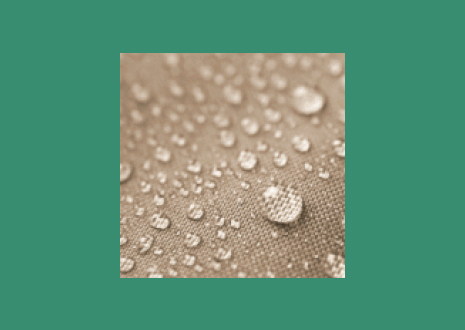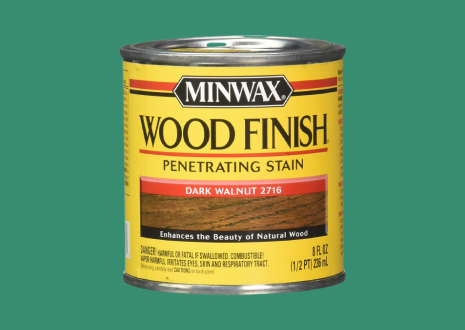Glossary

Absorbency refers to the degree to which a surface or marital takes in liquids.
Materials with high Absorbency such as matte painted walls, plaster and untreated wood (especially softwoods) take in liquids easily. As a result, this can make them prone to staining, mould and frost damage. Materials that aren’t absorbent like plastics, treated wood, glossy paint and tiles do not take in liquids easily, if at all. This makes them more resistant to staining, mould and frost damage.
Materials such as: sealant, paints, grout and cement/concrete transition from high Absorbency to low Absorbency when they have dried or cured.
So when using these materials it’s important to be conscious of what moisture or liquids get absorbed as this can affect the drying/ curing time and its finish. Along with the same principle, surfaces can be treated to change their Absorbency. Primer is used on a surface to provide a non Absorbent layer before painting and wood Varnish creates a non Absorbent shell protecting the wood.

Wood stain is a term that describes anything that colours wood. There are products that solely stain the wood but there are also others such as oils, varnishes and waxes that both stain and teat the wood (make it less absorbent and resistant to damage). Wood stains consist of a pigment or dye (for colour) […]
Gloss paint definition
Gloss paint is a term that describes any paints that when dry reflects some amount of light. Gloss paints can come in a wide range of variety in the amount of light that is reflected from matte (that has little reflection) to high gloss (which is very reflective) and varying levels between each, which are […]
Obtain Free,
No-Obligation Quotation